Today's post comes from Irene Lane, the founder of Greenloons - a premier online resource dedicated to inspiring people to think different, be different and travel different in ways that help to ensure a more sustainable planet.

When I was younger, my preferred travel destinations were always cities. Perhaps it was because from the ages of 5 to 18, I lived in smaller towns, or maybe it was because I found cities to be life-affirming, educational, and liberating. Whatever the reason, I felt rejuvenated after a trip to Singapore, London, Paris, Sydney, or even New York. However, that sentiment changed with a recent trip to the Peruvian Amazon.
It was my third trip to a rainforest ecosystem and my second to the Amazon, but everything else about this trip would end up being unique. I was invited by Rainforest Expeditions in Peru, to participate in one of their wildlife photography safaris through the Tambopata National Reserve, a relatively remote and unexplored area of the Amazon.
Bursting with life
In a country where there are issues with water pollution, soil erosion, and deforestation, the Tambopata National Reserve is a fledgling success story of the symbiotic relationship that can exist between natural resources, wildlife, and cultural standards.
As a result, the region is bursting with life. It is not just the vast wildlife contained within the rainforest with its jaguars, caimans, capybaras, black hawks, geese, macaws, turtles, monkeys, peccaries, frogs, butterflies, and countless tree and plant species. Life was also encompassed within the sweet smell of the afternoon rains as we relaxed in hammocks at the Rainforest Alliance Verified™ Refugio Amazonas Lodge.

My fellow travelers and I listened with rapt attention and fascination as we asked questions and learned from the area's volunteer ecologists, who were observing the habits and habitats of the myriad of butterfly, frog, and bird species in the region.
I observed life in the easy smiles of my three guides -- a professional photographer, an entomologist, and a local guide -- spotting what my suburban eyes always missed and eagerly imparting their knowledge about the mysteries of the rainforest. I learned that caimans are smaller, distant cousins of crocodiles with pointier heads, shorter tails, and U-shaped noses. And that butterflies drink the salty "tears" of the endangered yellow spotted river turtles, which helps the butterflies to reproduce.
The leaf-cutter ants that roam the rainforest floor live in communities of workers consisting of wingless female ants that never reproduce and male ants whose only function is to mate with a queen (after which he may die). Theirs is a truly female-led (and organized) society!

Connecting with communities and nature
Ultimately, what changed my perspective was the profound sense of connection I quickly felt with the Peruvian rainforest. I felt connected to the local community because I stayed in sustainable lodges that partner with local families and businesses, sharing the social, economic, and environmental benefits of ecotourism.
I felt connected to the forest when the caiman "smiled" for my photo, and when I stared right into a frog's eyes and knew that it was just as curious about life as I am. On several occasions, peccaries suddenly emerged en masse from the rainforest, settled into the ecolodge's front clearing to eat some roots, and then completely disappeared 20 minutes later. I learned how to use medicinal plants to cure skin diseases, organ failure, and even addiction.
I wasn't merely observing the multitude of life around me, as I do when visiting cities. Instead, I felt like a direct participant doing her part to respect life, nature, culture, and the future.
Finally, I felt privileged to be among the people and indigenous tribe communities that work hard to preserve their culture and protect the land that, in turn, protects them in times of need - a truly connected life!





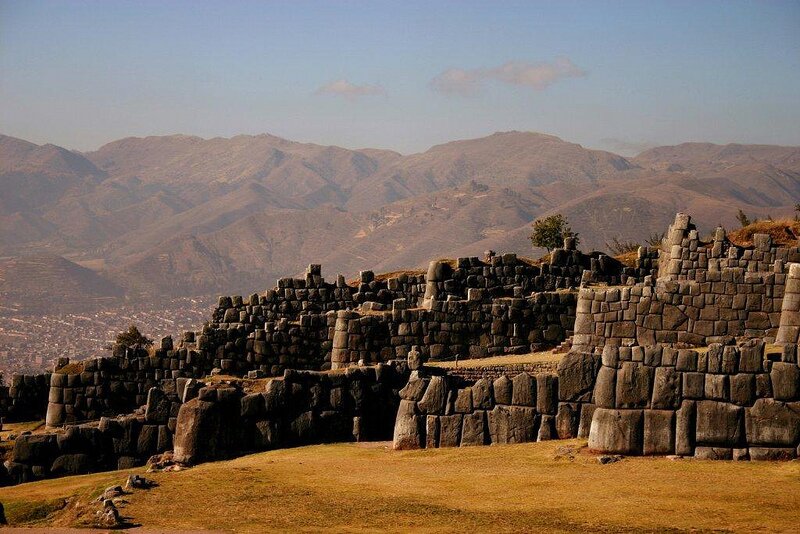
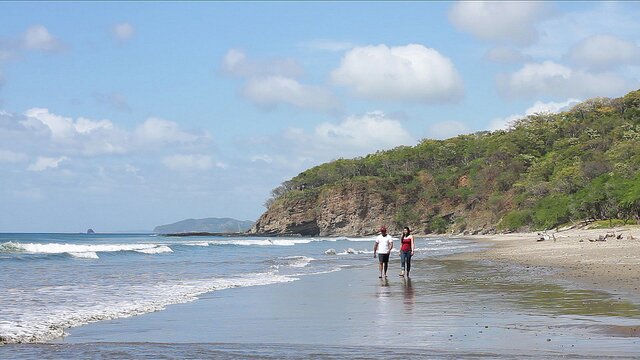


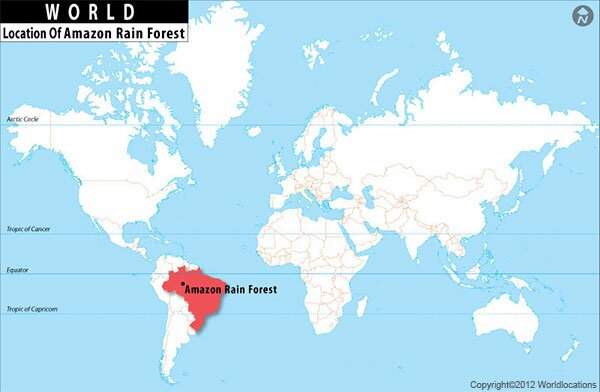
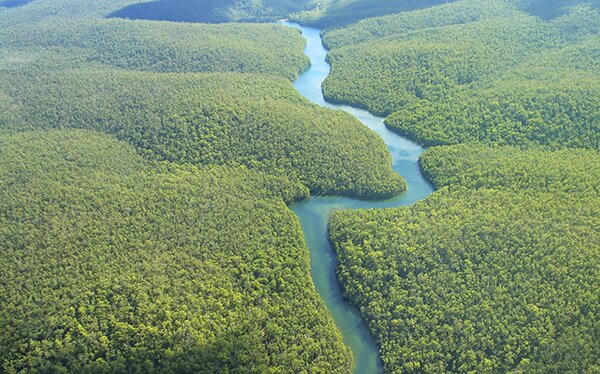


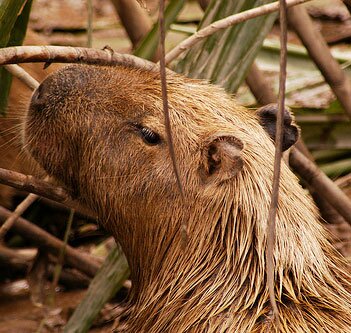
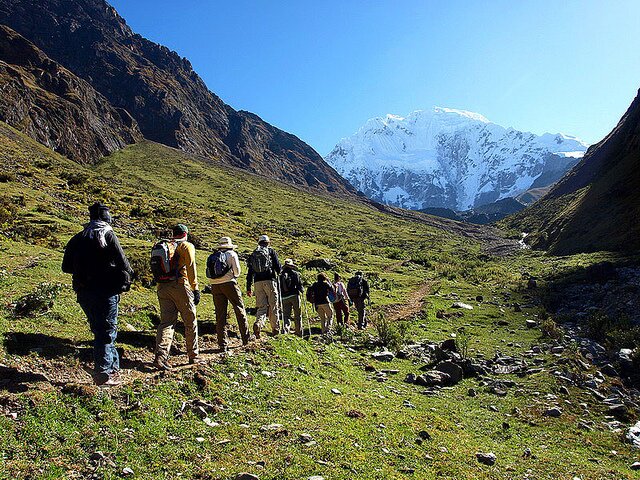




 The GSTC created the Global Sustainable Tourism Criteria, which are a set of widely used standards that hotels and tour operators must reach in order to be considered sustainable. More recently, in addition to targeting individual tourism businesses, the GSTC has turned their attention to creating a set of criteria that encompass destinations as a whole.
The GSTC created the Global Sustainable Tourism Criteria, which are a set of widely used standards that hotels and tour operators must reach in order to be considered sustainable. More recently, in addition to targeting individual tourism businesses, the GSTC has turned their attention to creating a set of criteria that encompass destinations as a whole. Last year, the GSTC released a set of draft criteria for sustainable destinations based on input from experts around the globe. All interested persons and organizations were able to comment and suggest improvements during the public consultation phase, which ended last month.
Last year, the GSTC released a set of draft criteria for sustainable destinations based on input from experts around the globe. All interested persons and organizations were able to comment and suggest improvements during the public consultation phase, which ended last month.
